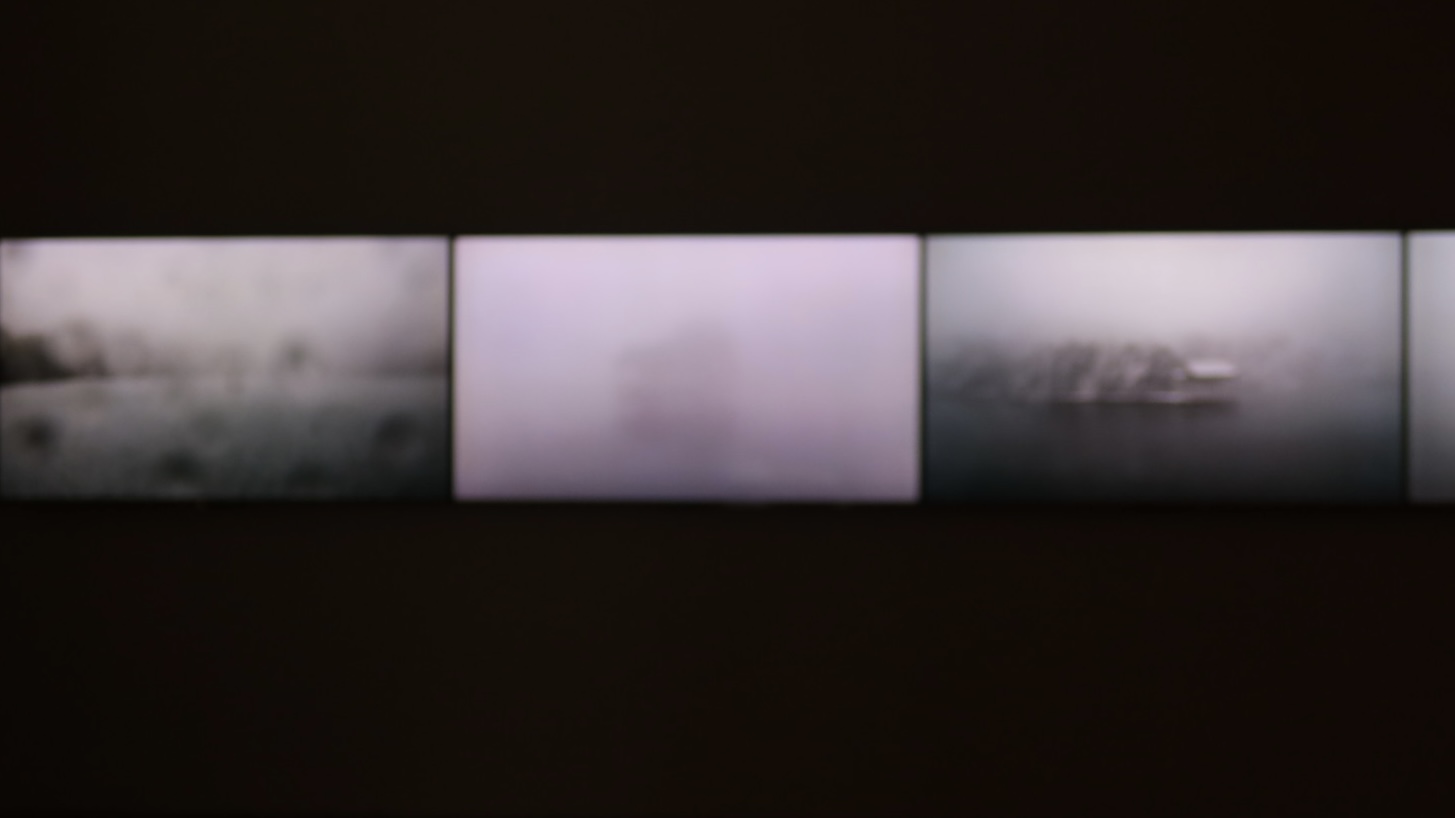It took me a good couple of weeks to really digest everything that was happening at the Biennale.
The theme "Foreigners Everywhere" was a deep dive into the many facets of migration and cultural exchange, all embodied by those very "foreigners" through the lens of art. South American curator Adriano Pedrosa rooted the theme in his own experience as an "unaccepted traveler," presenting the global and local as a kind of creative currency.
I've already shared my list of favorite exhibitions from the side events, but I have to give special attention to the "national pavilions" — those that struck me as particularly emotionally stirring.
I was hit with a bit of a cultural shock at the German Pavilion, with its exhibit "Thresholds," curated by Chagr Ilk. The exhibit is split into three parts, each exploring humanity's various pathways. The first part confronts viewers with a visualization of a world teetering on the brink of catastrophe, where the dominance of machinery creates this tense atmosphere of impending change. The second part, by Erman Mondtag, offers up an intriguing video montage, delving into the depths of cultural and social trends. It's this collage of archival photos and contemporary media that really packs an emotional punch. Then, the third part presents a storyboarded video composition, inviting visitors to ponder a possible future free from gravity and earthly constraints, symbolizing a liberation from traditional notions of space and time. Speaking of "thresholds," this year's remaining part with sound installations is situated on the island of Certosa. Another reason to explore Venice a bit more :)
The theme "Foreigners Everywhere" was a deep dive into the many facets of migration and cultural exchange, all embodied by those very "foreigners" through the lens of art. South American curator Adriano Pedrosa rooted the theme in his own experience as an "unaccepted traveler," presenting the global and local as a kind of creative currency.
I've already shared my list of favorite exhibitions from the side events, but I have to give special attention to the "national pavilions" — those that struck me as particularly emotionally stirring.
I was hit with a bit of a cultural shock at the German Pavilion, with its exhibit "Thresholds," curated by Chagr Ilk. The exhibit is split into three parts, each exploring humanity's various pathways. The first part confronts viewers with a visualization of a world teetering on the brink of catastrophe, where the dominance of machinery creates this tense atmosphere of impending change. The second part, by Erman Mondtag, offers up an intriguing video montage, delving into the depths of cultural and social trends. It's this collage of archival photos and contemporary media that really packs an emotional punch. Then, the third part presents a storyboarded video composition, inviting visitors to ponder a possible future free from gravity and earthly constraints, symbolizing a liberation from traditional notions of space and time. Speaking of "thresholds," this year's remaining part with sound installations is situated on the island of Certosa. Another reason to explore Venice a bit more :)

Unfortunately, or maybe fortunately, one can't miss "our" pavilion this year — the stone-carved "Russia" with the paper "Bolivia" fluttering in the breeze, as Bolivia doesn't have its own space in Venice. "Looking to the future past, we are treading forward" definitely underlines the importance of learning from history as we move forward, shining a light on the need to broaden our perspectives without prejudice.

The Israeli Pavilion remained eerily silent this year. Ruth Patir made the decision not to open the pavilion until the ceasefire and release of hostages, offering glimpses through the windows of an ambiguous excerpt from the video work "Homeland," exploring ancient fertility rites and the female body.
Over at the Chinese Pavilion, I found myself mesmerized for nearly an hour by the captivating "scrolling" video sequence by Che Jianyuang, and the only thought running through my mind was, "I want it for my home" [when you see it, you'll understand what I mean]. For his research subject, the author chose a pavilion by the lake and over 20 years captured the same scene in different seasons. Overall, the pavilion boasts numerous intriguing installations, advocating for "harmony in diversity" united by the idea of merging races, beliefs, identities, ideas, origins, and cultures on a global scale.
Over at the Chinese Pavilion, I found myself mesmerized for nearly an hour by the captivating "scrolling" video sequence by Che Jianyuang, and the only thought running through my mind was, "I want it for my home" [when you see it, you'll understand what I mean]. For his research subject, the author chose a pavilion by the lake and over 20 years captured the same scene in different seasons. Overall, the pavilion boasts numerous intriguing installations, advocating for "harmony in diversity" united by the idea of merging races, beliefs, identities, ideas, origins, and cultures on a global scale.

But one of the highlights of the Biennale deserves special attention. Here's a tip for those planning to visit the Arsenale: enter from the "end," meaning from the side of the Italian Pavilion, which I'll discuss now. Let's return to our pavilion with the exhibition "To Hear." As you may have guessed, the focus is on auditory perception. Here, we ponder whether a person can "alter" their basic program to hear their neighbor, and we come to the realization that vibrations subjugate all. The pavilion consists of two immense halls, guiding the viewer through spaces with different acoustics. One of them is nearly empty. In the vast "concrete box," they placed a sculpture of a bodhisattva sitting on a colossal organ. "Bodhi-enlightenment," "stava" — the essence. Yet, what is it, exactly? :)
